The current picture of matter that physics offers us is unable to explain how life evolved from inorganic materials. The problem seems to be with physics defining matter simply in terms of its building blocks. But a new theory suggests that the assembly history of material objects, how they came to have the complexity they do, is an essential property of all matter. Lee Cronin argues that this assembly theory of matter shows how evolution by modification and selection isn’t simply the preserve of life but describes how all matter develops.
For centuries, scientists have struggled to explain how life could have emerged and evolved from the inanimate matter described by physics and chemistry. On the surface, living organisms seem fundamentally different from non-living things. While physics perfectly describes the behaviour of fundamental particles like electrons and protons, it falls short when applied to complex phenomena like biological evolution. Curiously, many experts do not see this as a fundamental problem, as they expect that the solution to this problem will someday be found in fundamental physics. Thus far this has not been possible and there seems to be no prospect that a satisfactory bottom-up explanation, from elementary particles to life, will be found. Something is fundamentally wrong with our current view of reality.
Darwin’s theory of evolution elegantly explains why some organisms are better adapted than others. But it doesn’t address where the capacity for open-ended evolution came from in the first place. If we go far enough back in time, the first primitive living systems must have arisen from simpler prebiotic chemistry. But how could animate complexity appear without evolution already operating? To bridge this explanatory gap between physics and biology, scientists have explored how combinatorial space might accommodate the transition from inanimate chemistry to biology. Since biology is built on a subset of chemistry, the combinatorial space contains all possible molecules, which is virtually infinite. One way to represent these possibilities is to consider the "adjacent possible" which represents the space of possibilities that are contiguous with existing reality. But so far, no idea has fully integrated the emergence of novelty and selection into the framework of physics. This means we still lack a theory that can take particles following the known laws of physics and demonstrate how evolution can appear as an emergent phenomenon.
___
Instead of treating fundamental particles like atoms and molecules as the irreducible building blocks, Assembly Theory defines all objects by their capacity to be assembled or broken down using minimal paths.
___
To address these issues, Sara Walker and I developed a new framework called Assembly Theory (AT) that provides a unified approach for understanding how both physics and selection-driven evolution fit together. Assembly theory is not just a new theoretical framework, it’s rooted in experiment and was initially built to address the question ‘how can a complex molecule form spontaneously?’ It turns out, answering that question is the key to understanding how complexity of any kind emerges in our universe, both at the inorganic and organic level. As it turns out, life and technology share more in common than we had previously imagined.
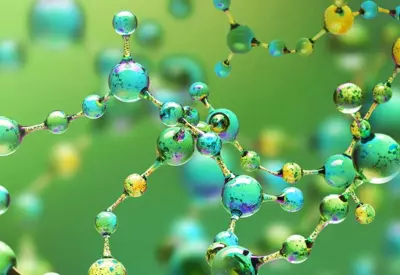 SUGGESTED READING
The mystery of living things
By Addy Pross
SUGGESTED READING
The mystery of living things
By Addy Pross
Rethinking What Makes an Object







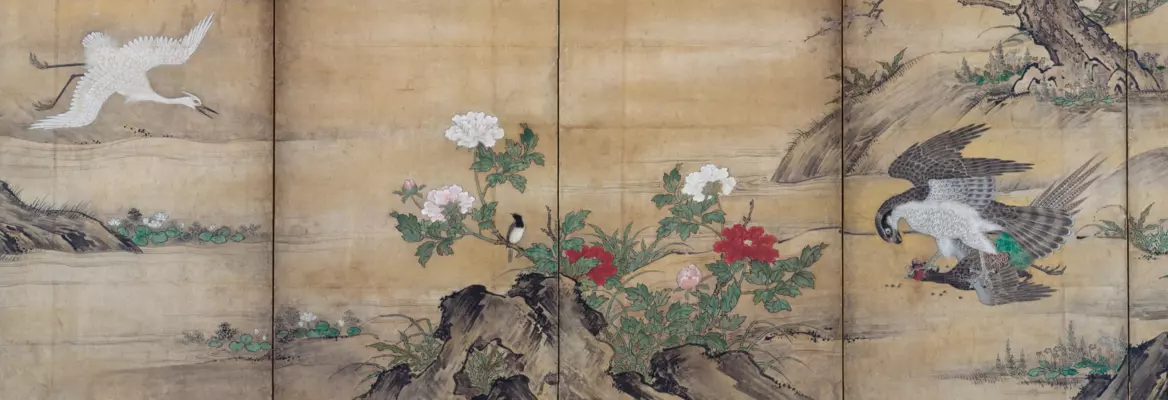


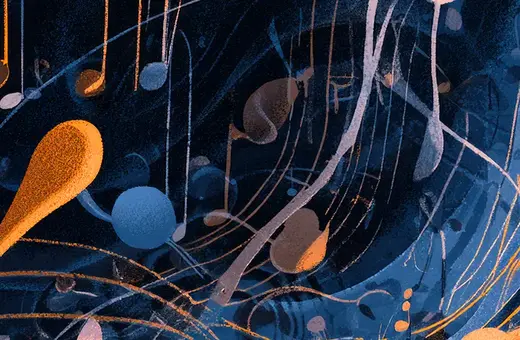
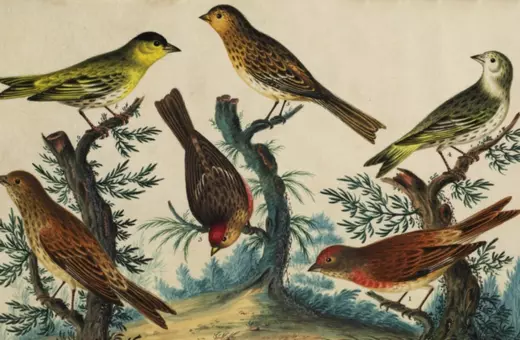
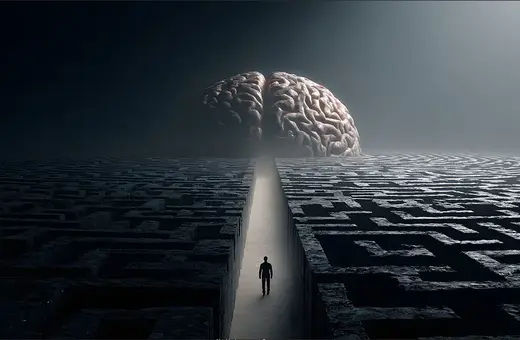


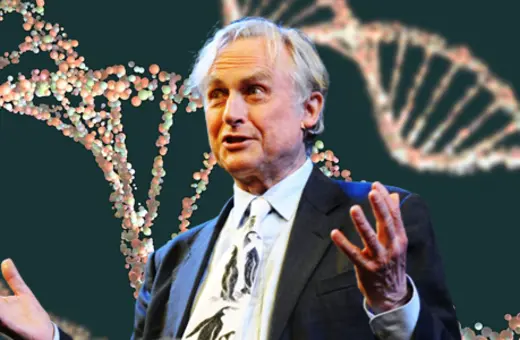
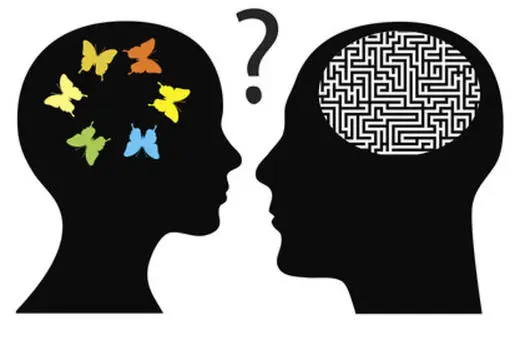
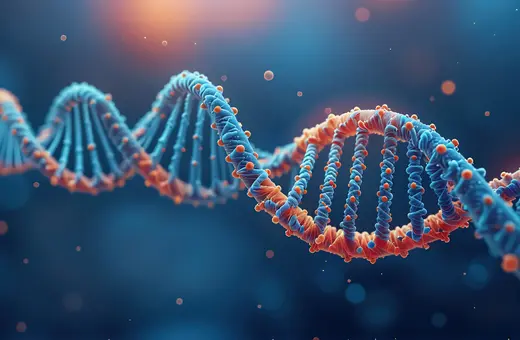
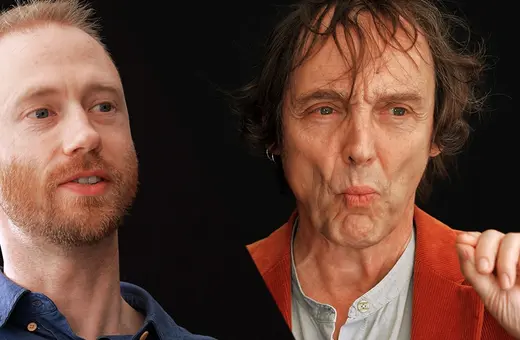


Join the conversation